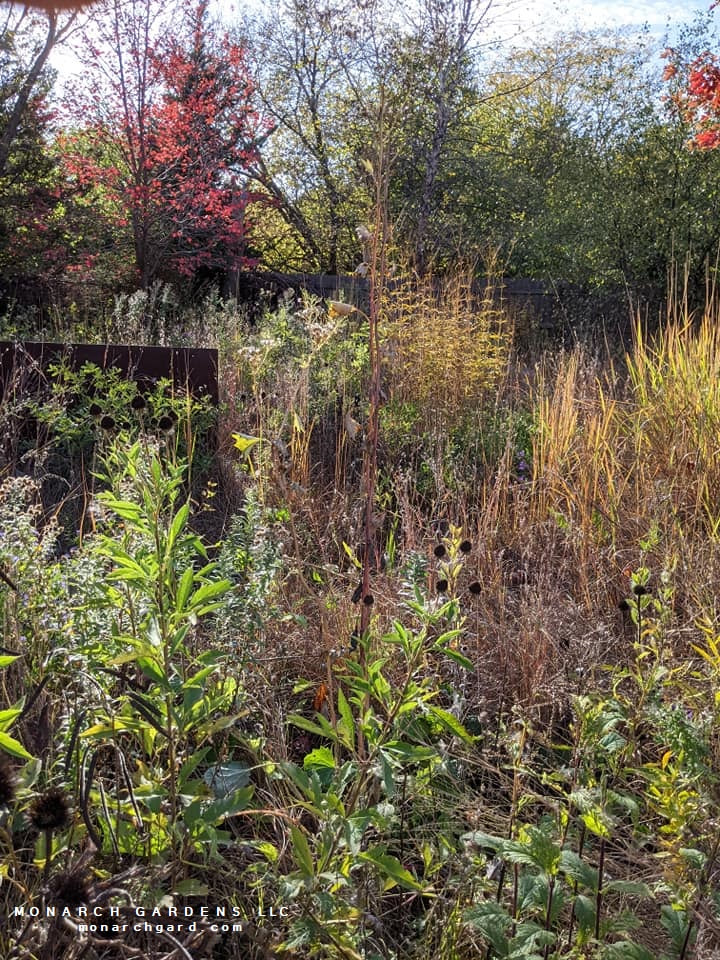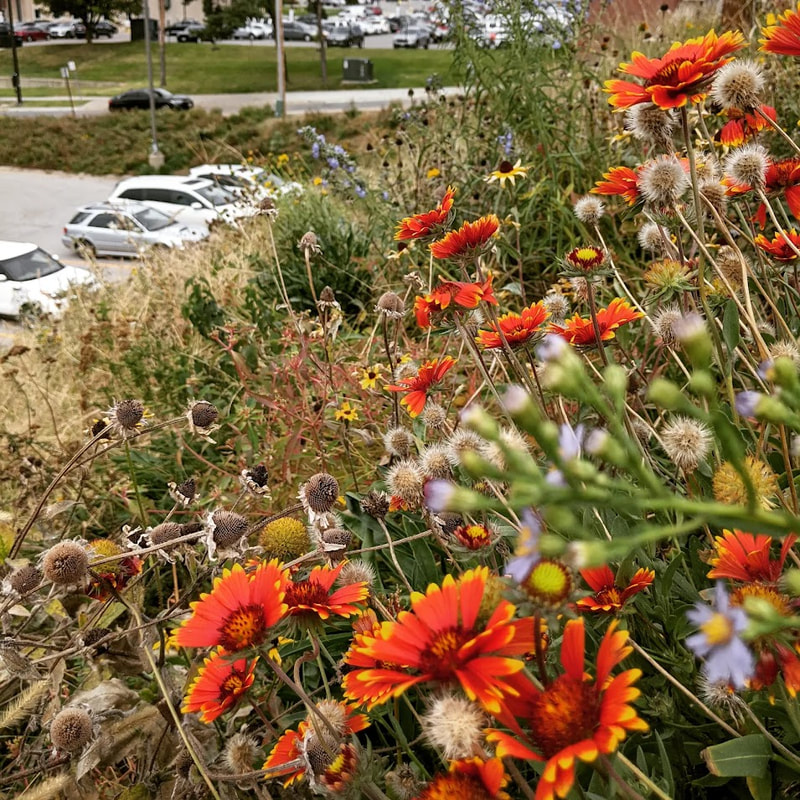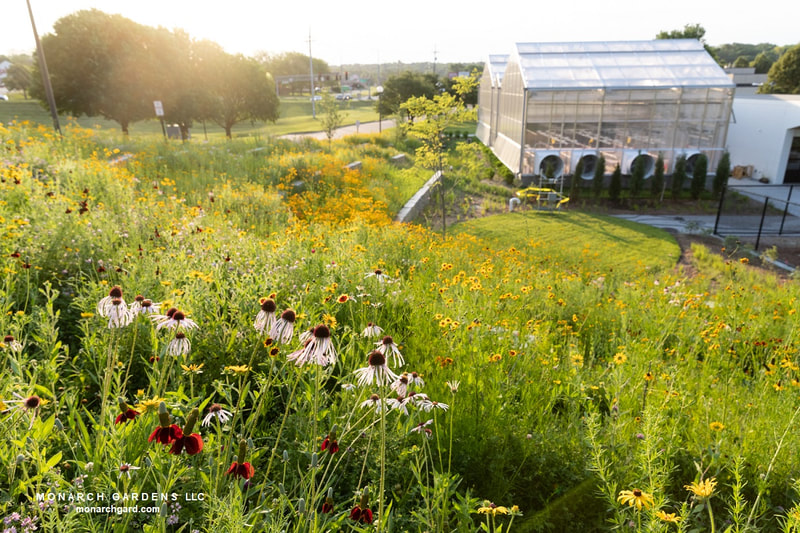There are two critical pieces of information we need to know about plants before we dig one hole:
1) Root structure -- is the root zone fibrous, is the plant taprooted, is it primarily coming from a corm or bulb
2) Sociability -- how does the plant primarily reproduce (rhizome, seed) and at what pace, in what site conditions
The former is a bit simpler perhaps but it's part of understanding the latter. Let's say you'd like to use two aggressive species -- they spread fast by rhizome. Planting them together so they collide and bump heads is a good idea as they may help check one another. A taprooted plant, or one with a corm or bulb, would likely do well among a planting of fibrous-rooted plants because the competition underground is occurring at different levels. As for seeding, some plants will primarily seed near the mother plant, and others will cast themselves around. Some will germinate easily and soon take over, others will just be happy little surprises here and there.
A commonly-used sociability rating or index may go something like this:
1 -- the plant is primarily a behaved clumper that stays where it is, only growing in stature over time
2 -- the plant will creep or self sow lightly
3 -- creeping is moderate or self sowing is more liberal but it won't take over
4 -- give it 5 years and the plant will easily dominate the landscape
Granted, this index will morph a little bit based on ecoregion and site conditions. For example, Conoclinium, coelestinum spreads by rhizome easily in a rich, moist, loamy soil, but in clay and / or with dense competition (think fibrous-rooted sedge or bunchgrasses as a matrix) it's going to go from a 3 to 2 in most cases.
You can learn more about selecting plants at the nursery in the new online class Designing With Common Nursery Plants -- here's a video snippet from that lecture:

















 RSS Feed
RSS Feed

